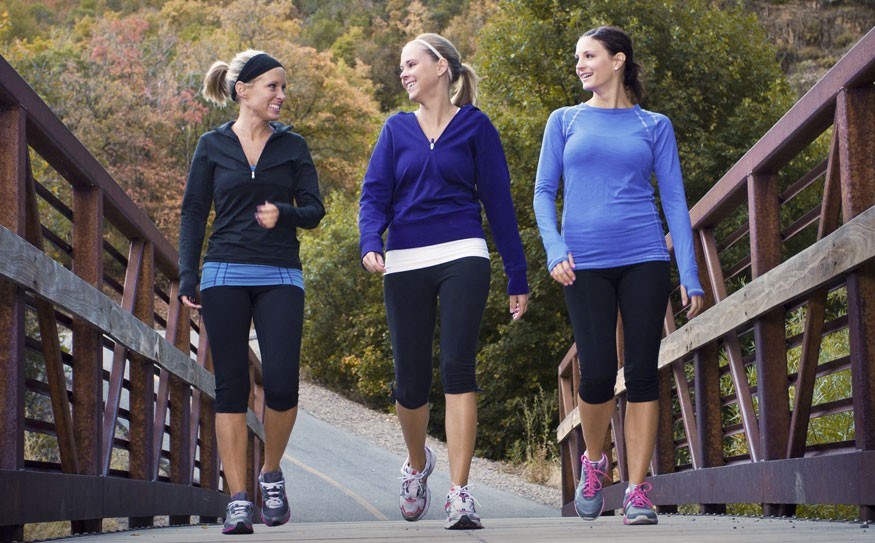I have always had a strict policy against wearing spandex or sweatpants in public.
In cities, where I have lived for the last 10 years, going outside in comfortable clothes is like advertising you've given up on life. It's a slippery slope. First you free yourself from the shackles of denim, then you forgo brushing your teeth and before you know it, you're rolling out of bed and into the world as is.
Turns out, in Whistler, people wear comfortable clothes for an entirely different reason. Who knows when someone will text you to go for a hike or a bike ride or quick run? You're always in between sporty adventures, so what's the point of changing into anything else?
I was thinking about this intersection of style, health and body image recently after I stumbled upon an article that The Guardian published a couple of weeks ago (Size zero campaigners take body image debate to the heart of fashion). It was an excerpt from a new memoir by Vogue Australia's ousted editor Kirstie Clements called The Vogue Factor. In it, she details the horrifying lengths young models go to to become thinner and more in demand for designers who create their sample sizes in ridiculously small dimensions.
We all know that many models view staying thin as part of their job description, but Clements's peek into the fashion world goes far beyond that. The most startling details: the models who eat tissues because they expand in the stomach and make them feel full; "fit models" whose bodies are used by designers to design clothes around, regularly wind up on IV drip in the hospital; young models who can't "diet their breasts away" get them surgically reduced.
"It is the ultimate vicious cycle," Clements writes. "A model who puts on a few kilos can't get into a sample size on a casting and gets reprimanded by her agency. She begins to diet, loses the weight, and is praised by all for how good she looks. But instead of staying at that weight, and trying to maintain it through a sensible diet and exercise, she thinks losing more will make her even more desirable. And no one tells her to stop."
Knowing all this, why would anyone reading a fashion magazine want to look like the models inside? For the average woman who is not making a lucrative career based on her looks, what is the appeal?
This type of thinking might be less prevalent in Whistler where physical activity is kind of the entire point of the place. Shapely, muscular legs, a strong core and Michelle Obama arms are much more common and that is both rare in other places and great in general. Frankly, real women here offer much better standards for which to strive.
So why isn't the healthy, athletic body more widely revered? Why do some women flip through the pages of Vogue and feel pressure to be thinner or more exotic or impossibly tall and lanky? Why don't women in magazines look more like women in Whistler?
It's precisely because they look so strikingly different and almost otherworldly that models become models. They were never meant to look like us — especially draped in kajillion-dollar couture after hours in make up — and, in an ideal world, we would not want to look like them.
As a fan of fashion magazines (especially the aforementioned), I have learned to consume those photo spreads as guiltlessly as I do the occasional brownie because I believe both were created purely for enjoyment. I look at those whatever-is-below-size-zero bodies the same way as I do the incredibly luxurious and pricey dresses they're wearing: I don't want either. (OK fine, it might be kind of nice to wear a beautiful gown to some over-the-top event for one night, but, ethically, there is a problem with eveningwear that bears a price tag tipping into the far thousands.)
These models sacrifice their well being — and, according to Clements's excerpt, potentially their lives — for fleeting careers that will be over in only a handful of years. They deserve better working standards and we deserve healthier images, but women would also be well served thinking critically about the images with which we are bombarded (or seek out).
It wasn't spandex, but I wore running gear out in the village last weekend to catch one of the Whistler Presents shows. I was a little reluctant to follow through on my plan to run there, watch the show then run home until someone pointed out, "This is Whistler. You'll look like you fit in."
And maybe that's not such a bad thing after all.




